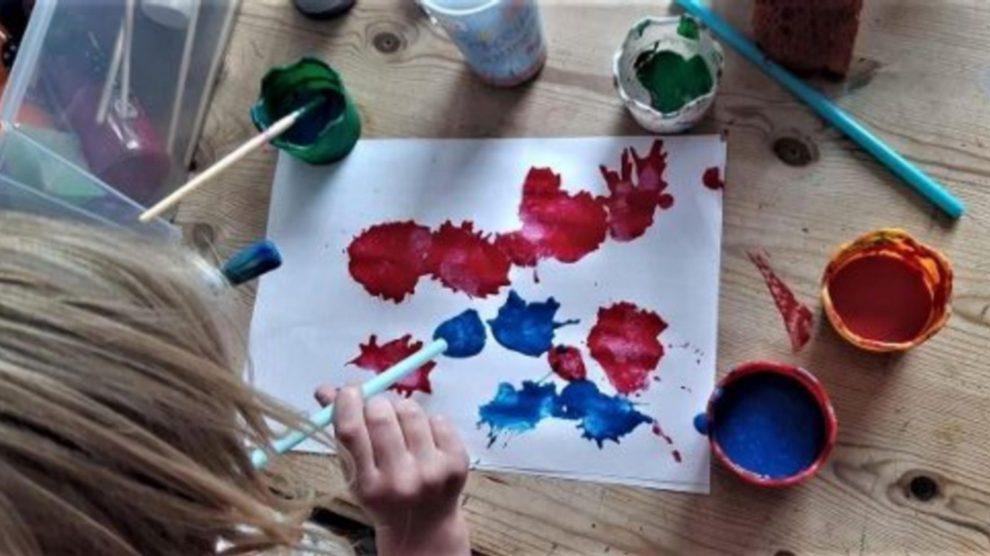Children’s Mental Health week takes place on the 1st to 7 th February 2021.
Written by Tori Rist Co-Founder of the Andover Small School
Children and Young People are growing up in a period of history that very few of us have experienced before. They are having to adapt, rapidly, to a world that seems alien and closed off compared to a year ago. Parents themselves are likely to be more anxious and worrying about illness, income and their children. Whilst remote education may suit some children, many will find not being able to see their friends, or the lack of school routine, extremely unsettling.
Worries can manifest themselves in unexpected ways – slamming doors, refusal to comply with requests or wanting to spend hours watching TV are all potential signs of someone experiencing overwhelming feelings. Children’s Mental Health Week, and the theme of Express Yourself, is a brilliant opportunity to explore ways in which children and young people can use their creativity in a mindful way to help process feelings and emotions.
Draw – some children find articulating their anxieties really difficult. Encouraging children to draw what they are worried about can be a powerful way to express what is worrying them without feeling ‘put on the spot’. It could be a simple picture or a comic strip story.
Journal – there are some great journals available for children and they are a wonderful spin on the diaries that some of us may have had as children. Many current journals have prompts and words to help young people organise their thoughts, which can be especially helpful for children who may not be initially aware of how they’re feeling. We love the HappySelf Journal.
Music – making your own drum kit or dancing around your living room is a brilliant way to release endorphins and help release anxieties. A firm favourite in our house is dancing to ‘Shake it Off’ by Taylor Swift – don’t worry about feeling silly, go for it and your children are likely to join in. You never know, it may give you a boost too!
Paint – another great activity is expressing yourself with paint. Even if a child cannot name their emotions, they could show you what they’re physically feeling by the way they use finger paints or brush strokes. For example, if your child says they feel tense, ask them how they would paint that? What would tense look like? Straw painting is also good fun and blowing is a proven way to relieve tenseness in the body.
Bake – a firm favourite in our house is baking. It can be relatively inexpensive and children love being creative with their cake decorations. Plus, cake solves everything apparently!
Read – there are some lovely books that parents can read to children to help them process their emotions. The Huge Bag of Worries by Virginia Ironside is a brilliant book to encourage conversations around feelings and worries.
Play – playing with your child is a great way of encouraging them to talk about things that may be bothering them. They may want you to actively engage with them, or they may want you to sit alongside them and they lead the play. Let your child take the lead and you will surprised how much they tell you indirectly as they play.
Whilst a child’s worries may sometimes seem insignificant considering what adults are currently navigating, validating their feelings and emotions is really important and means that they are more likely to speak to you when they are worrying about something in the future.
he most important thing to remember is, like adults, children may not always want to talk about what is bothering them and we all process our emotions in different timescales. Instead, by creating mindful opportunities for creativity we can allow children time to focus on something different and generate some escapism from day-to-day life.





















